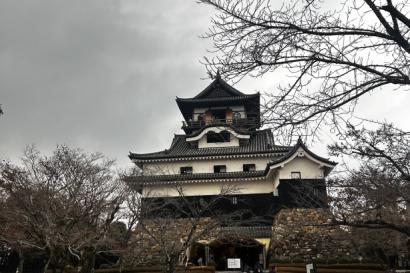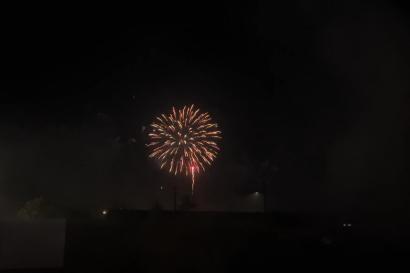Many of the students in my program chose to come to Nagoya for Nanzan’s well-designed language intensive program, which means the goal of most students coming here is to focus on improving language skills in addition to experiencing and learning more about the culture of Japan. Though we spend about three hours a day in Japanese class, foreign exchange students are able to pick from a variety of courses, from politics to literature, in order to learn more about the culture. Nanzan also offers a range of Japanese art classes including calligraphy, hanga, tea ceremony, black ink painting, and ikebana.
If you are in the same boat, wanting to focus on acquiring and honing your Japanese language skills, you may not even consider taking one of the art courses offered. But don't be so quick to count them out. They're a unique opportunity for hands-on learning and personally experiencing these lessons from real teachers specializing in the craft. The art classes are unique because they’re hands-on, which gives you a break from the typical class-- and the point of being abroad is experiencing something new, right?
While taking the hanga (woodblock printing) class I quickly came to appreciate the skill required for the craft. Often when you watch a professional they make the task at hand look simple, and Japanese arts tend to fall into this category. I often find myself strolling through a market street admiring purses or pottery to later find out they were handmade in a precise and intricate process.
During my first hanga class, our sensei walked us through the process and basics of woodblock printing, making it look effortless. A majority of us assumed the hardest part would be drawing the initial design. We quickly learned how wrong we were. Our first projects were disasters because we were experimenting with the carving knives, pressure, and amounts of ink. But slowly and surely we learned more about techniques, the capabilities of different knives, and patience. With the completion of each project, I could visibly see I had improved. However, by the last day of class, a lot of us still hadn't mastered the actual printing process and we were only doing basic black and white prints. Real hanga masters make beautiful multi-colored prints with so much skill that at first look they appear to be paintings. The multi-colored ink prints require a lot of attention to detail, precision, and planning. For each different color in the picture, a new block must be carved. Then when printing, the alignment must be perfect. When I learned what it takes to make a full-color picture it really put the skill level and dedication into perspective for me. (Check out the gallery below to see my progress throughout the semester).
You may think there will be other opportunities to experience and learn about these arts, but it’s a rarer than you think. It is possible that you may find one time workshops for these types of things, I’ve done a free Noh theater experience workshop and taken a Japanese fan dancing workshop before and I loved them. However, these were one time only classes, and I wish I would have been able to dig into these arts a bit deeper and understand them more. At Nanzan I had the opportunity to do so.
They're a great extra course, don't worry, no matter what your language level is, art classes are taught in a combination of English and Japanese or entirely in Japanese.

Payton Letko
<p class="MsoBodyText" style="margin-top:2.35pt; margin-right:9.65pt; margin-bottom:.0001pt; margin-left:5.0pt"><span style="line-height:115%">I grew up in a small farm town but was bitten by the travel-bug shortly after leaving for undergrad. I have a sweet tooth the size of Texas, and can often be found searching for the best treats life has to offer.</span></p>









